News
The 5 Greatest Horror Performances Not Nominated for Oscars
Why do performances in horror films receive less recognition, at Oscar time, than performances in films from other genres?
Is it because the horror director is often viewed, by audiences and critics, as the real star of these films, while the performances of the actors are often considered entirely irrelevant, secondary, to the film’s success. The Blair Witch Project and the original version of The Texas Chainsaw Massacre provide the most severe examples of this.
What is the best performance in a horror film from, say, the past twenty years? Angela Bettis in May? Chloe Grace Moretz in Let Me In? Was there any possibility of either of these great performances being recognized by the Academy? No. They didn’t have a snowball’s chance in hell.

There have, of course, been exceptions. Piper Laurie and Sissy Spacek were both nominated for their great performances in 1976’s Carrie. Kathy Bates won the Best Actress Oscar for 1990’s Misery. Anthony Hopkins and Jodie Foster both won Oscars for their performances in 1991’s The Silence of the Lambs.

Here are five great horror performances that weren’t even nominated for Oscars and deserved to be. They also deserved to win.
The Fly (1986)

There was serious talk of an Oscar nomination for Goldblum following The Fly’s release in 1986, and deservedly so. As Seth Brundle, a scientist whose experiments with teleportation led him to become genetically—fused with a fly, Goldblum achieves the tricky balance of making us feel sorry for Seth, and his worsening condition, while we are simultaneously terrified of him. Goldblum’s struggle to maintain a semblance of his humanity amidst the gradual disintegration that unfolds within his mind is endlessly fascinating and horrifying to the viewer.

The Fly is also a tragic love story. Seth is in a relationship with a woman, played by Geena Davis, and her doomed pregnancy embodies Seth’s tragedy and his overwhelming sense of loss—the loss of the woman he loves, their child, and his mind.
The duality of Seth’s transformation, the melding of man and fly, is revealed through Seth’s behavior, which becomes increasingly chaotic and uneven. That Goldblum, an actor best known for gonzo, offbeat roles throughout the 1980s, is able to generate so much sympathy for his character in the mind of the viewer is an amazing acting achievement.
Christopher Walken
The Dead Zone (1983)

Loss is also at the heart of The Dead Zone, which is one of the best—and the most overlooked—of the Stephen King adaptations. The Dead Zone is dominated by Christopher Walken’s lead performance, which is every bit as good and strong as his Oscar-winning role in The Deer Hunter.
Walken’s character, Johnny Smith, is a New England schoolteacher who has lost four years of life to a car accident that left him in a coma. He has lost more than time: The girlfriend he intended to marry has married another man and started a family. He’s lost his career. The car accident has ruined his legs and left him needing a cane. Friends have abandoned him. He has also been cursed with the ability of second sight—to be able to see the fates of others, which is made possible through physical contact.

It’s only after we have absorbed the depth of Johnny’s loss that The Dead Zone turns into a thriller. It’s an extremely effective thriller, precisely because it places its supernatural elements within believable situations, which are populated by a gallery of interesting supporting characters. Johnny is our guide, and Walken’s performance here—one of Walken’s last straight leading film roles, before he transitioned to crazy character roles, like the murderous father in 1986’s At Close Range—is so heartbreaking, and his character’s pain so identifiable, that we’re reminded of how few horror films take the time to make us care about their lead characters, and the unreal situations they find themselves trapped in, before they ask us to suspend disbelief.
Jack Nicholson
The Shining (1980)

There are some people, critics, who think Jack Nicholson’s performance in The Shining is over-the-top, forgetting that Nicholson was probably born that way.
The role of Jack Torrance serves as a monument to the carnivorous, naked, sordid aspects of Nicholson’s screen persona—in the 1970s and early 1980s—that went a long way towards establishing Nicholson’s reputation as, arguably, the greatest living American screen actor of the past fifty years.
There is Nicholson’s trademark smile, which has never been less reassuring. This is first visible in the film’s opening scene, where Jack—do we think of Nicholson, Hollywood’s ultimate wild genius, and Torrance as one and the same?—is driving through the Rockies with his wife and son, toward the Overlook Hotel.
During the drive, Torrance regaled his son, Danny, with the story of how early pioneers resorted to cannibalism to survive their harsh conditions. It is a story that Jack lingers over, too long, which alerts us—especially after multiple viewings—to the possibility that his transformation has already begun, if it ever ended.

Nicholson’s performance and the film’s set-pieces have, of course, entered cinematic folklore (“Wendy, baby, I think you hurt my head,” “I’m just going to bash your brains in!” “Here’s Johnny!”). However, it is the ordinariness of Jack Torrance that frightens us—the every man aspects of Jack Torrance that contrast the palpable combination of lust and madness that washes over his face later in the film.
The development of Torrance’s nightmare forces us to act out in our minds, to consider, all of the unspeakable things we fear that we’re capable of.
Nastassja Kinski
The Cat People (1982)

Centuries ago, when the world was a desert wasteland of orange sand, and the human race was in its infancy, leopards ruled over the pitiful band of humans, who were forced to enter a truly twisted bargain with the powerful beasts: The humans agreed to sacrifice their women to the leopards in exchange for being left alone.
Instead of killing the women, however, the leopards mingled with them, creating a new race: The Cat People.
Paul Schrader’s criminally—underrated, wonderfully—audacious film, a hyper—stylized remake of the 1942 classic, tells its story through the feline—like eyes of Nastassja Kinski, who plays Irena, one of the two remaining cat people in the present.

Although she has the appearance of a beautiful woman, Irena’s lineage makes her a dangerous sexual partner: When the cat people reach orgasm, they turn into black leopards and kill their human lovers.
Kinski, who seemed destined for superstardom in the early 1980s, is endlessly inventive and suggestive in her approach to the character of Irena, who appears as a normal, shy woman—with heightened elasticity in her limbs—whose body and mind always seem to be in different places.
In the film, she travels to New Orleans to see her brother, played by Malcolm McDowell, who explains to her their shared curse and suggests that they engage in incest—the only way out for both of them. She falls in love with a zookeeper, played by John Heard, who, knowing all of her secrets, is still willing to sleep with her at the end of the film, as we are.
Jamie Lee Curtis
Halloween (1978)

Jamie Lee Curtis became so identified with the moniker of “scream queen” in the period that followed the release of Halloween that it’s easy to forget how crucial her performance is to the success of the film.
With the exception of Curtis’s Laurie Strode and Donald Pleasence’s obsessive psychiatrist, Sam Loomis, the rest of the characters in the film—particularly the roles of Annie and Lynda, Laurie’s two best friends—were meant to be ordinary types, which was entirely appropriate to the material. Laurie herself seems to fit this description—a shy, virginal teenager who has never been on a date.
But it is through Laurie that the terror unfolds, precisely because she is a virgin. Her sexual repression makes her hyperaware of the presence of Michael Myers, who has spent fifteen years inside a mental institution and, it can be assumed, is also a virgin. Curtis, who was not a virgin herself by the time she was seventeen, looked like this average girl, which made her accessible to the audience, all of whom could relate to her.

Curtis, like Laurie, did not think she was at all beautiful during her scream queen career. In the role of Laurie Strode, Curtis demonstrated the qualities that defined her scream queen persona: capability, honesty, and vulnerability.
She was attractive without seeming unreal, or being at all intimidating in her physical appearance, and she was entirely believable as this normal human being. She never comes across as the product of Hollywood glamour that Curtis was in real life.
Like Halloween, Curtis and Laurie Strode have entered the realm of immortality. While Curtis is cinema’s ultimate scream queen, Laurie Strode is the horror genre’s prototypical heroine.
'Civil War' Review: Is It Worth Watching?
Follow our new YouTube channel "Mysteries and Movies" here.

News
Russell Crowe To Star in Another Exorcism Movie & It’s Not a Sequel

Maybe it’s because The Exorcist just celebrated its 50th-anniversary last year, or maybe it’s because aging Academy Award-winning actors aren’t too proud to take on obscure roles, but Russell Crowe is visiting the Devil once again in yet another possession film. And it’s not related to his last one, The Pope’s Exorcist.
According to Collider, the film titled The Exorcism was originally going to be released under the name The Georgetown Project. Rights for its North American release were once in the hands of Miramax but then went to Vertical Entertainment. It will release on June 7 in theaters then head over to Shudder for subscribers.
Crowe will also star in this year’s upcoming Kraven the Hunter which is set to drop in theaters on August 30.
As for The Exorcism, Collider provides us with what it’s about:
“The film centers around actor Anthony Miller (Crowe), whose troubles come to the forefront as he shoots a supernatural horror movie. His estranged daughter (Ryan Simpkins) has to figure out whether he’s lapsing into his past addictions, or if something even more horrific is occurring. “
'Civil War' Review: Is It Worth Watching?
Follow our new YouTube channel "Mysteries and Movies" here.
Movies
New F-Bomb Laden ‘Deadpool & Wolverine’ Trailer: Bloody Buddy Movie
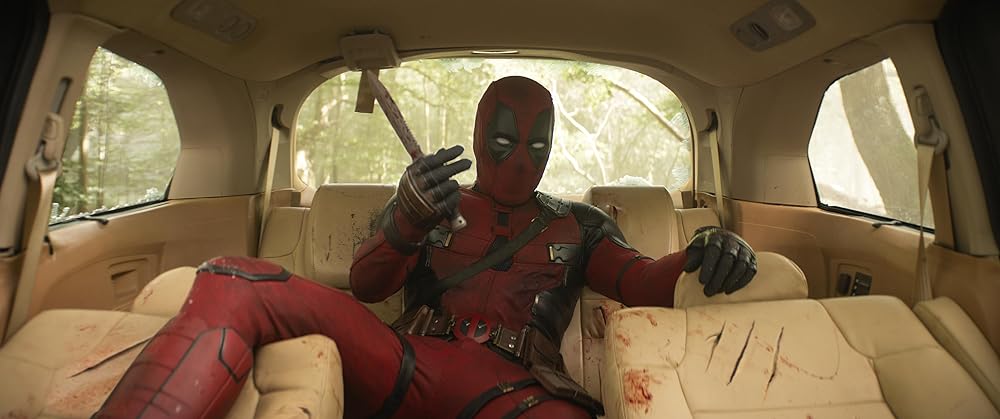
Deadpool & Wolverine might be the buddy movie of the decade. The two heterodox superheroes are back in the latest trailer for the summer blockbuster, this time with more f-bombs than a gangster film.
This time the focus is on Wolverine played by Hugh Jackman. The adamantium-infused X-Man is having a bit of a pity party when Deadpool (Ryan Reynolds) arrives on the scene who then tries to convince him to team up for selfish reasons. The result is a profanity-filled trailer with a Strange surprise at the end.
Deadpool & Wolverine is one of the most anticipated movies of the year. It comes out on July 26. Here is the latest trailer, and we suggest if you are at work and your space isn’t private, you might want to put in headphones.

'Civil War' Review: Is It Worth Watching?
Follow our new YouTube channel "Mysteries and Movies" here.
News
Original Blair Witch Cast Ask Lionsgate for Retroactive Residuals in Light of New Film
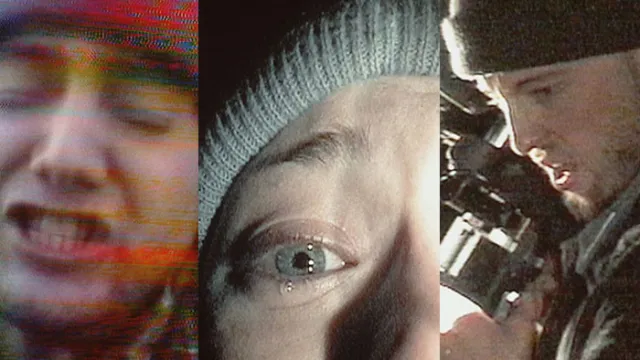
Jason Blum is planning to reboot The Blair Witch Project for the second time. That’s a fairly large task considering none of the reboots or sequels have managed to capture the magic of the 1999 film that brought found footage into the mainstream.
This idea has not been lost on the original Blair Witch cast, who has recently reached out to Lionsgate to ask for what they feel is fair compensation for their role in the pivotal film. Lionsgate gained access to The Blair Witch Project in 2003 when they purchased Artisan Entertainment.
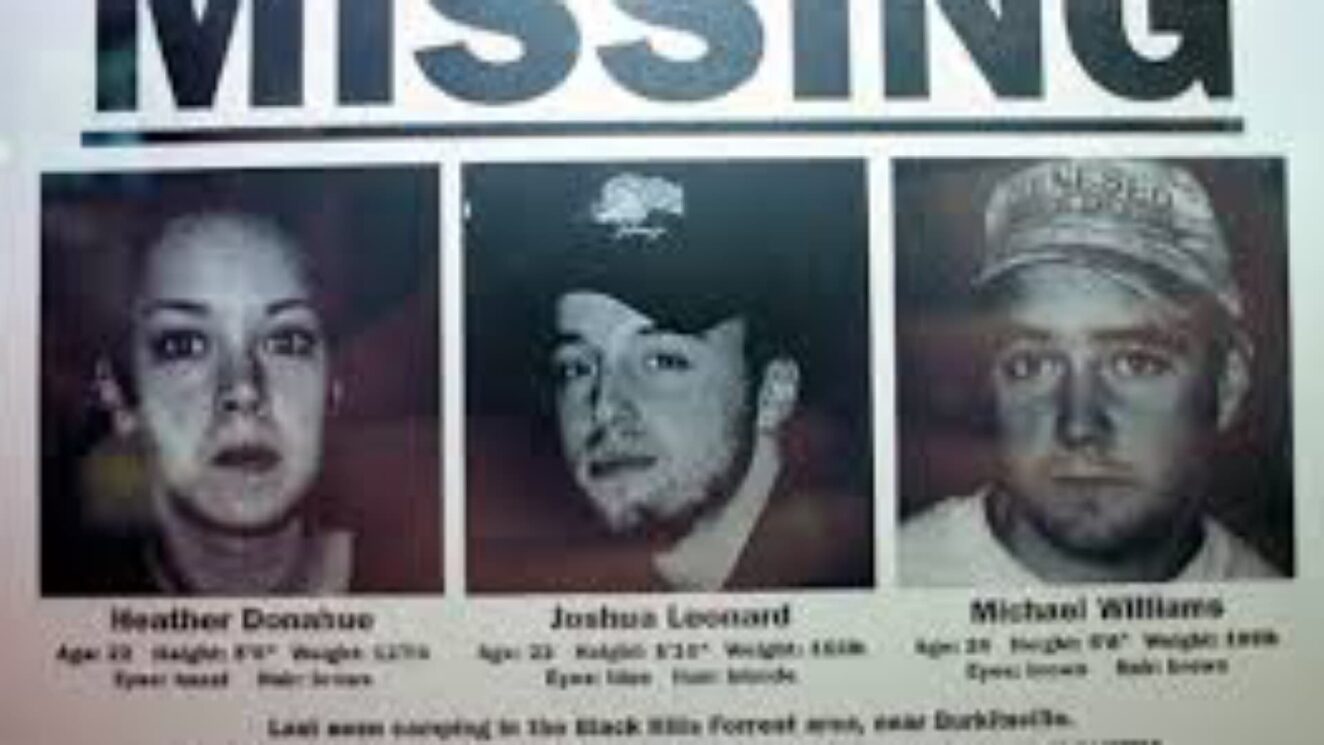
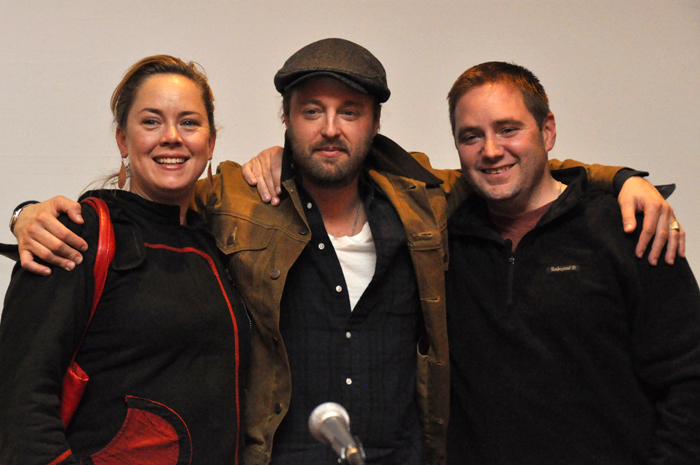
However, Artisan Entertainment was an independent studio before its purchase, meaning the actors were not part of SAG-AFTRA. As a result, the cast are not entitled to the same residuals from the project as actors in other major films. The cast doesn’t feel that the studio should be able to continue to profit off of their hard work and likenesses without fair compensation.
Their most recent request asks for “meaningful consultation on any future ‘Blair Witch’ reboot, sequel, prequel, toy, game, ride, escape room, etc., in which one could reasonably assume that Heather, Michael & Josh’s names and/or likenesses will be associated for promotional purposes in the public sphere.”
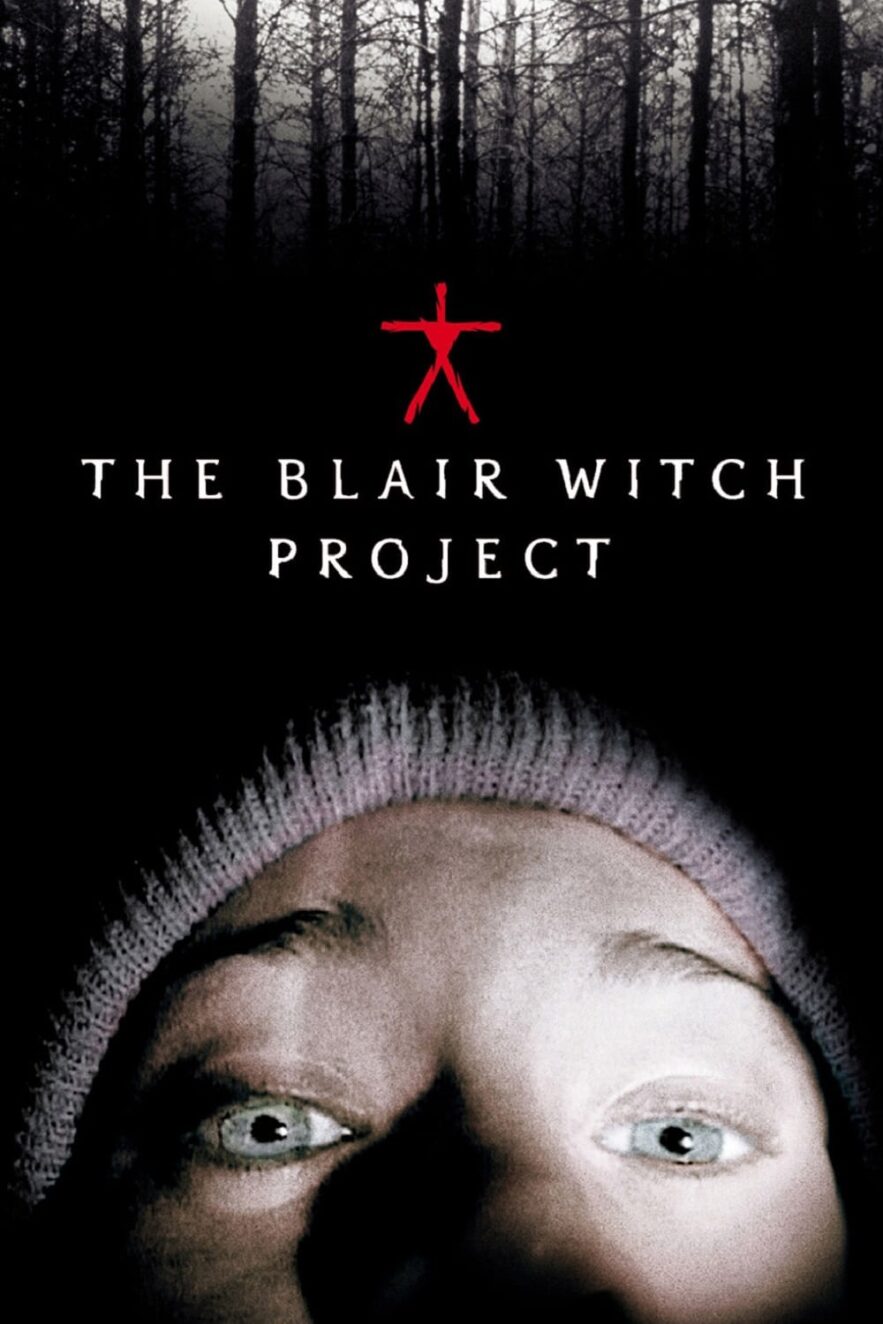
At this time, Lionsgate has not offered any comment about this issue.
The full statement made by the cast can be found below.
OUR ASKS OF LIONSGATE (From Heather, Michael & Josh, stars of “The Blair Witch Project”):
1. Retroactive + future residual payments to Heather, Michael and Josh for acting services rendered in the original BWP, equivalent to the sum that would’ve been allotted through SAG-AFTRA, had we had proper union or legal representation when the film was made.
2. Meaningful consultation on any future Blair Witch reboot, sequel, prequel, toy, game, ride, escape room, etc…, in which one could reasonably assume that Heather, Michael & Josh’s names and/or likenesses will be associated for promotional purposes in the public sphere.
Note: Our film has now been rebooted twice, both times were a disappointment from a fan/box office/critical perspective. Neither of these films were made with significant creative input from the original team. As the insiders who created the Blair Witch and have been listening to what fans love & want for 25 years, we’re your single greatest, yet thus-far un-utilized secret-weapon!
3. “The Blair Witch Grant”: A 60k grant (the budget of our original movie), paid out yearly by Lionsgate, to an unknown/aspiring genre filmmaker to assist in making theirfirst feature film. This is a GRANT, not a development fund, hence Lionsgate will not own any of the underlying rights to the project.
A PUBLIC STATEMENT FROM THE DIRECTORS & PRODUCERS OF “THE BLAIR WITCH PROJECT”:
As we near the 25th anniversary of The Blair Witch Project, our pride in the storyworld we created and the film we produced is reaffirmed by the recent announcement of a reboot by horror icons Jason Blum and James Wan.
While we, the original filmmakers, respect Lionsgate’s right to monetize the intellectual property as it sees fit, we must highlight the significant contributions of the original cast — Heather Donahue, Joshua Leonard, and Mike Williams. As the literal faces of what has become a franchise, their likenesses, voices, and real names are inseparably tied to The Blair Witch Project. Their unique contributions not only defined the film’s authenticity but continue to resonate with audiences around the world.
We celebrate our film’s legacy, and equally, we believe the actors deserve to be celebrated for their enduring association with the franchise.
Sincerely, Eduardo Sanchez, Dan Myrick, Gregg Hale, Robin Cowie, and Michael Monello
'Civil War' Review: Is It Worth Watching?
Follow our new YouTube channel "Mysteries and Movies" here.
-
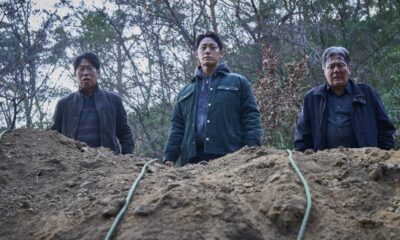
 News7 days ago
News7 days agoThis Horror Film Just Derailed a Record Held by ‘Train to Busan’
-

 News5 days ago
News5 days agoWoman Brings Corpse Into Bank To Sign Loan Papers
-

 News6 days ago
News6 days agoHome Depot’s 12-Foot Skeleton Returns with a New Friend, Plus New Life-Size Prop from Spirit Halloween
-
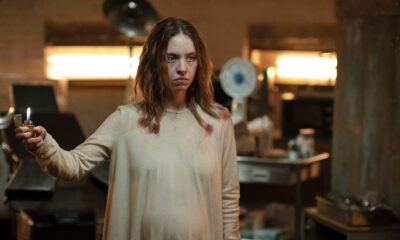
 Movies7 days ago
Movies7 days agoWatch ‘Immaculate’ At Home Right Now
-

 News4 days ago
News4 days agoBrad Dourif Says He’s Retiring Except For One Important Role
-

 Strange and Unusual4 days ago
Strange and Unusual4 days agoMan Arrested for Allegedly Taking a Severed Leg From Crash Site And Eating It
-

 Movies5 days ago
Movies5 days agoPart Concert, Part Horror Movie M. Night Shyamalan’s ‘Trap’ Trailer Released
-

 Movies6 days ago
Movies6 days ago‘The Strangers’ Invaded Coachella in Instagramable PR Stunt
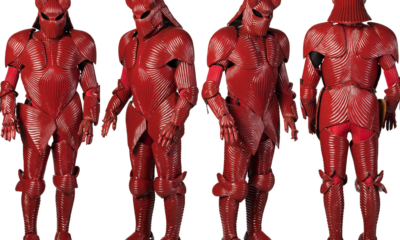

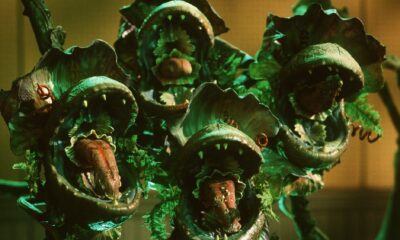
















You must be logged in to post a comment Login